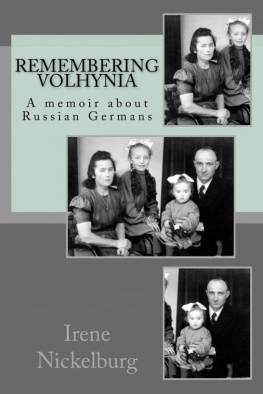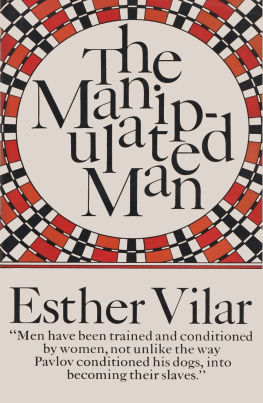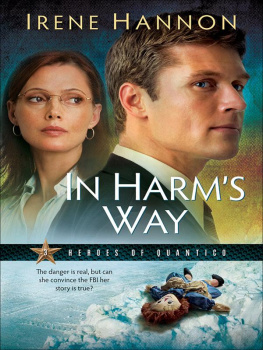Irene Vilar - The Ladies Gallery
Here you can read online Irene Vilar - The Ladies Gallery full text of the book (entire story) in english for free. Download pdf and epub, get meaning, cover and reviews about this ebook. year: 1996, publisher: Other Press, genre: Art. Description of the work, (preface) as well as reviews are available. Best literature library LitArk.com created for fans of good reading and offers a wide selection of genres:
Romance novel
Science fiction
Adventure
Detective
Science
History
Home and family
Prose
Art
Politics
Computer
Non-fiction
Religion
Business
Children
Humor
Choose a favorite category and find really read worthwhile books. Enjoy immersion in the world of imagination, feel the emotions of the characters or learn something new for yourself, make an fascinating discovery.

- Book:The Ladies Gallery
- Author:
- Publisher:Other Press
- Genre:
- Year:1996
- Rating:5 / 5
- Favourites:Add to favourites
- Your mark:
- 100
- 1
- 2
- 3
- 4
- 5
The Ladies Gallery: summary, description and annotation
We offer to read an annotation, description, summary or preface (depends on what the author of the book "The Ladies Gallery" wrote himself). If you haven't found the necessary information about the book — write in the comments, we will try to find it.
The Ladies Gallery — read online for free the complete book (whole text) full work
Below is the text of the book, divided by pages. System saving the place of the last page read, allows you to conveniently read the book "The Ladies Gallery" online for free, without having to search again every time where you left off. Put a bookmark, and you can go to the page where you finished reading at any time.
Font size:
Interval:
Bookmark:
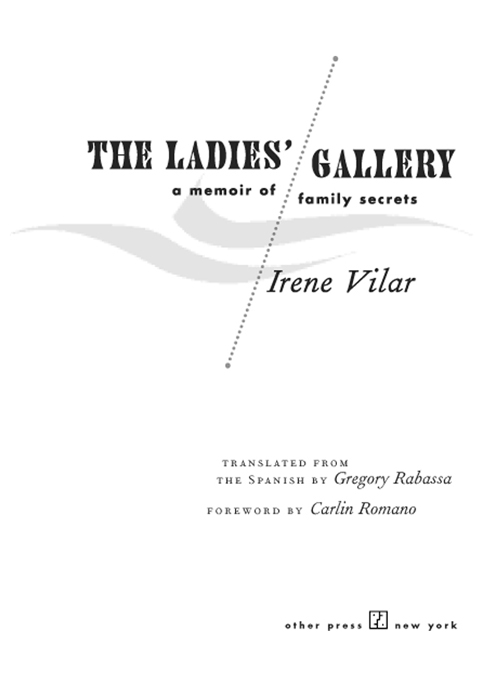
THE LADIES GALLERY
A heartrending and dramatic literary debut, wherein Vilar reveals the dark side her parents always tried to suppress.
Miami Herald
A beautiful memoir, humorous and compassionate.
Newsday
These are postcards from the edge heartbreaking funny political breathtakingly beautiful.
Detroit Free Press
This memoir introduces us to a writer bound to make an impact. It is a mark of Vilars art that her story seems warm and alive.
Boston Globe
Startling, raw, and affecting, a painful exercise in which memoir as therapy becomes memoir as art.
Philadelphia Inquirer
The three women portrayed in [The Ladies Gallery] come alive passionately. Theres a tropical elegance embedded in her prose, one which gives great depth to her characters.
Village Voice
Stunning. A lyrical and visionary memoir of depression, Puerto Rican identity, and young womanhood.
Kirkus Reviews (starred review)
The Ladies Gallery is destined to become a legendary work.
Bob Shacochis, author of Swimming in the Volcano
Profoundly moving [and] beautifully written.
Rosario Ferr, author of The House on the Lagoon
Just as artist Frida Kahlos splintered self-portraits and diaries personify Mexicos proud yet fragmented self-image, Vilars intimate accounts about herself and her family personalize Puerto Ricos political, social, and cultural wars for its identity. The potency of Vilars tale arises from its telling. [The Ladies Gallery] can liberate readers, yet this is more than a self-help book. It is a lesson in acquiring spiritual grace and understanding from a young woman who has plenty of both.
St. Louis Post Dispatch
ALSO BY I RENE V ILAR
Impossible Motherhood
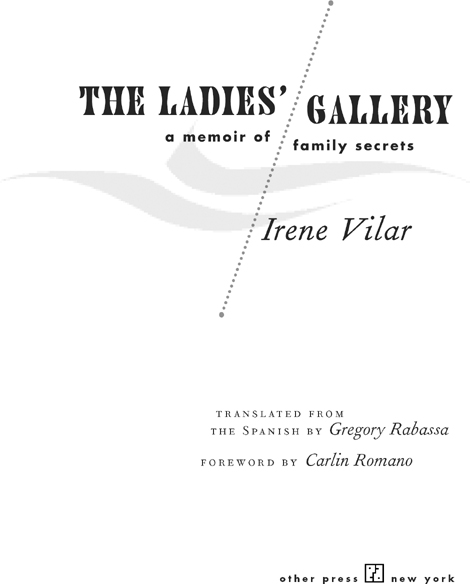
To the memory of my brother
Miguel Vilar Mndez
19611994
(truly one of the last of the just,
though we were blind)
and
To Dan
The Sirens, too, sang that way. It would be
doing them an injustice to think that they wanted
to seduce; they knew they had claws and sterile wombs, and
they lamented this aloud.
FRANZ KAFKA
The memoir depends on memory, but not only on that faulty tool. Consider what a Muse of Perfect Memoirlets call her Veramight require of earthly practitioners.
Total recall, for one thing. Fierce honesty. Astounding reportorial abilities that suggest Tom Wolfe on steroids. Extraordinary empathy that recognizes other peoples sorrows and dreams, even as such people pass through the authors scenes as others.
Add a gift for narrative panache. A philosophers nose for key moral concepts embedded in the tale. A historians skill at identifying convincing cause and effect. Modesty about the importance of ones daily experiences, lest the memoir become a calendar-book emptied onto paper.
Given such demands of perfection, we might expect would-be self-scrutinizers to place their diaries back in the drawer. Then theres the recent assault by media society on memoirs for misrepresenting facts and personal histories, for settling scores, for confusing reality and fiction. Put all the factors together and its remarkable that the genre continues to expand, both quantitatively as part of American publishing and imaginatively as part of literature.
Yet it may be that the gap we perceive between Veras demands and what mere mortals produce is making us kinder as a literary culture. We may be more inclined these days to take every memoir on its own terms, the way weve always greeted each novel. The day seems closer when the literary world may define memoir as a fiction the author wishes to believe about his or her life, facts (if not batteries) included. So long as the nonliterary see memoir as the natural spouse of nonfictiona genre whose wedding vow to its partner is to live up to Veras rulesthat evolution will of course remain slow.
This republication of Irene Vilars absorbing 1996 work, originally issued as A Message from God in the Atomic Age and largely finished by Vilar by the time she was twenty-one, enters the now fluid state of its genre with explosive elements for all who care about the form. For even after James Frey, whose delegitimized, de-Oprahfied reputation shattered into his book title (A Million Little Pieces), and Augusten Burroughs, whose Running with Scissors sliced away the separation between a real and invented psychiatrist, and Nasdijj, that Navajo memoirist who wasnt a Navajo, weve not quite seen this before.
That is, a superbly evocative tale, a first book translated by no less than Gregory Rabassa, a book already transmuted by a title change in its paperback edition, now outed by its own author as less than the truth. Is it still authentic, as every drop of blood is the blood of a person, but not all of that persons blood?
In her new memoir, Impossible Motherhood: Testimony of an Abortion Addict, published simultaneously with this edition by Other Press, Vilar, now 40, calls The Ladies Gallery proof of the lie I have at times made of my life. She admits that her clear-cut tale of three generations of women in one family (my grandmother, mother, and myself), a trio intent on self-destruction against the backdrop of political struggle, leaves out the transference horror script I lived out with the man I loved. The Ladies Gallery, she says now, is true, but it could have been truer.
Every reader of the wrenching story between these covers should thus know what she or he is getting into.
When A Message from God in the Atomic Age appeared in 1996, the acclaim for this poignant, stream-of-consciousness meditation by the then twenty-seven-year-old native of Puerto Rico, granddaughter of the Puerto Rican nationalist Dolores Lolita Lebrn, resonated across the literary landscape. The original title referred to a religiously inspired memo Lebrn had sent to President Eisenhower. This critic, in the Philadelphia Inquirer, called Message startling, raw, and affecting, a painful exercise in which memoir as therapy becomes memoir as art. The St. Louis Post-Dispatch saw a lesson in acquiring spiritual grace and understanding. The Village Voice detected a tropical elegance in Vilars prose. Yet there were reservations, too. The Independent compared Vilars approach to the self-absorption of a patient in analysis, referring to some of the passages about Vilars time in hospital psychiatric wards.
The book remains the same, with no major changes by the author. In it, Vilar tells the intertwined story of three women challenged by lifethe Child, the Nymph, the Old Ladywhom she compares to Homers sirens. One critic described Vilars troika as enchantresses and destroyers, though the main people they destroy tend to be themselves.
The crucial family history begins with Vilars maternal grandmother, Lolita Lebrn, an activist for Puerto Rican independence. On March 1, 1954, she famously climbed the stairs to the visitors gallery of the U.S. Congress and, wrapped in the Puerto Rican flag, opened fire with three nationalist compatriots, shooting (but not killing) five congressmen. I did not come here to kill, she announced. I came here to die. For her crimes, the United States sentenced her to fifty-seven years. She served twenty-seven before receiving a pardon from President Carter.
Font size:
Interval:
Bookmark:
Similar books «The Ladies Gallery»
Look at similar books to The Ladies Gallery. We have selected literature similar in name and meaning in the hope of providing readers with more options to find new, interesting, not yet read works.
Discussion, reviews of the book The Ladies Gallery and just readers' own opinions. Leave your comments, write what you think about the work, its meaning or the main characters. Specify what exactly you liked and what you didn't like, and why you think so.


